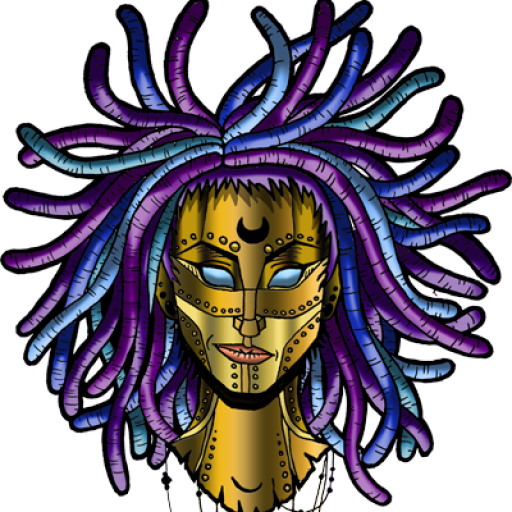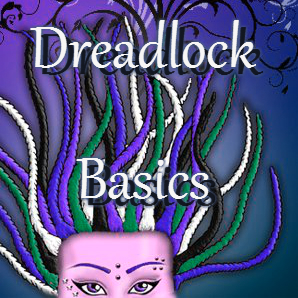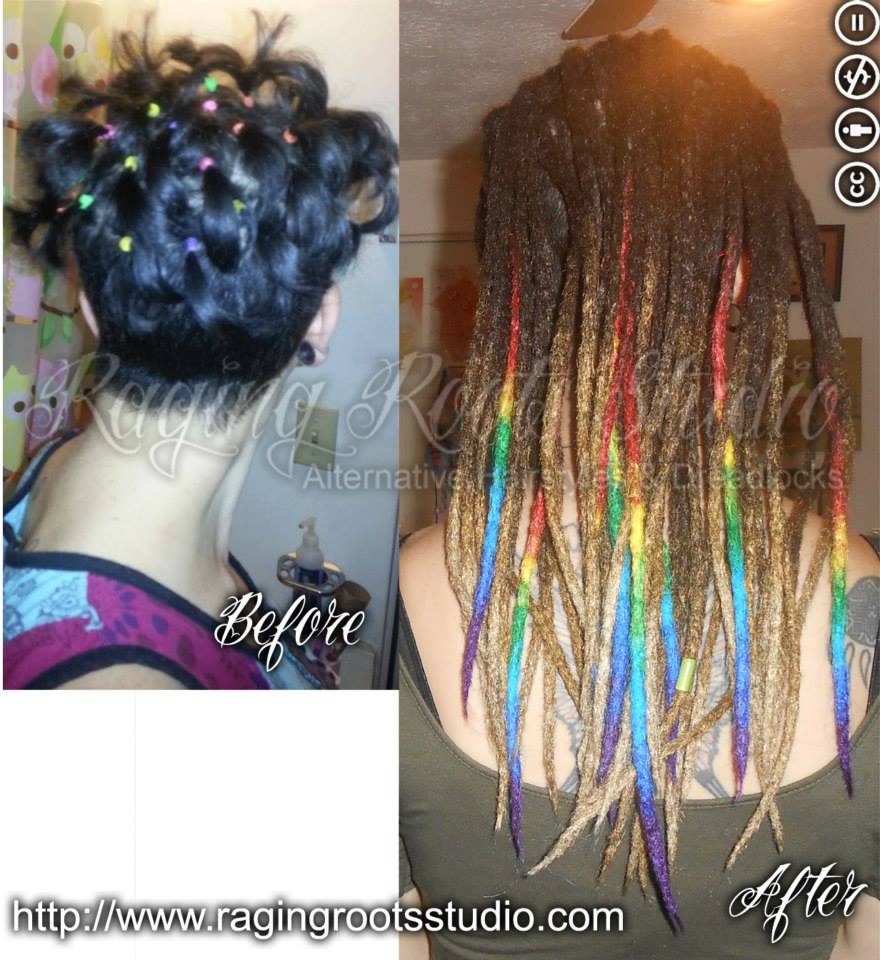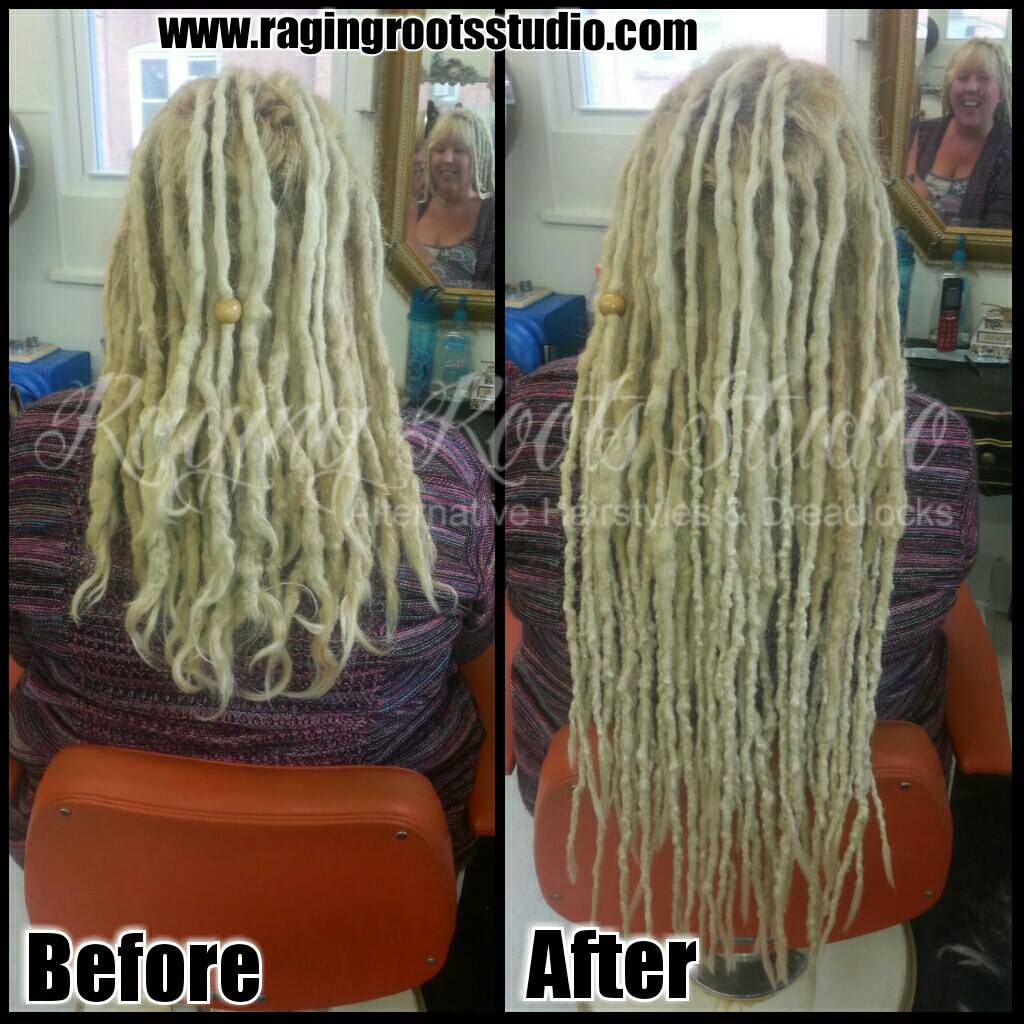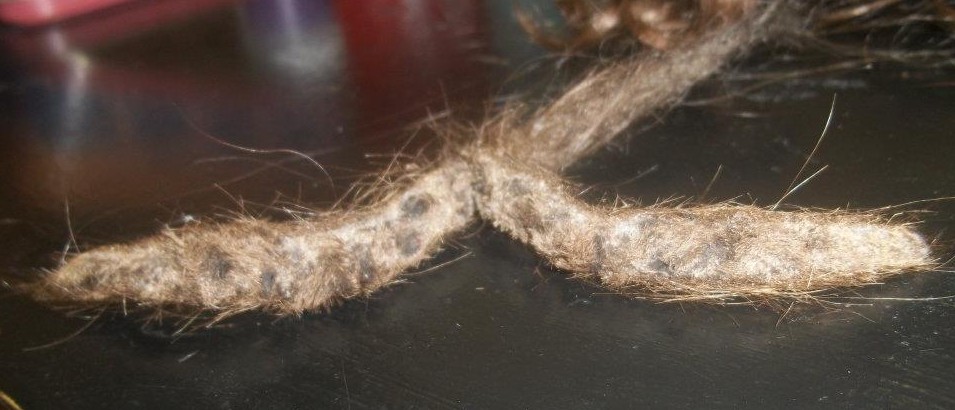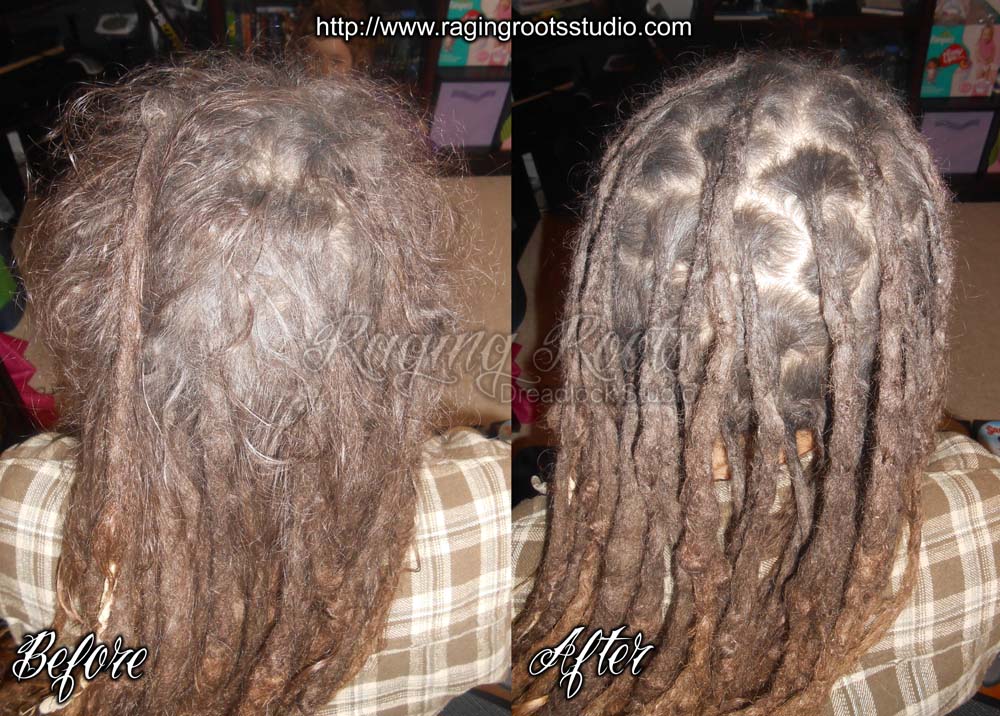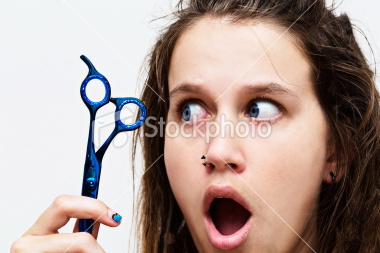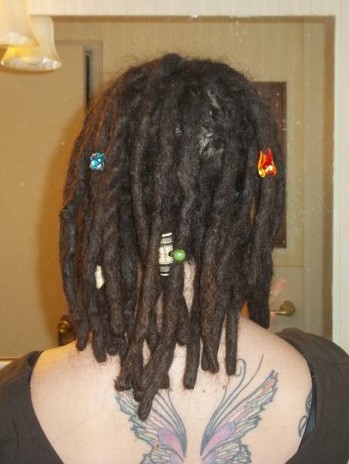
Search our Dreadlock Knowledgebase
Tags
appointment info
basics
blunt
clean
dandruff
diy
ends
extensions
ezcema
flakiness
flaky
fresh
frizz
install
itchiness
itchy
length
lice
locked
loops
loose
lost
maintenance
mature
neglect
part
partial
partial install
professional
residue
round
safe
scalp
shampoo
sleep
soap
tips
troubleshooting
undecided
wash
water
wet
whole
wispy
young
While this annoying and unfortunate development is incredibly inconvenient and unpleasant it is not altogether uncommon. This is something called "tension bumps". The fancy, scientific name is "scalp folliculitis". Any time that the scalp is "traumatized" such as being pulled into a protective hairstyle like braids or locks the hair follicles can become irritated. When this happens the pores and follicles become open wider than usual and scalp becomes susceptible to bacteria and/or fungal cells that already naturally exist on many folks' scalps and skin. These microorganisms can invade the irr…
We see this question a lot on internet forums. Although any dreadlocks that we start (or maintain) in our studio can safely and successfully have extensions attached to them immediately, the same is not necessarily true for DIY dreads that you have put in yourself (or had a friend put in) at home.
First of all, it bears mentioning, that in an ideal world, dreadlocks extensions should ALWAYS be installed WITHOUT the use of glues, adhesives, or string of any kind. These extra things can create a myriad of issues down the road including an increased risk for mold and can interfere with the locki…
In an idea world, glues, adhesives, and string should NEVER be used to install permanent dreadlock extensions. For optimum dreadlock health and longevity, the only thing that should ever be in dreadlocks is HAIR! As such, the extension installation method(s) that we use and recommend, use only a crochet hook. It goes without saying that if you aren't exactly a whiz with the hook, you'll probably have an extremely difficult time putting in your own extensions and actually getting them to stay put. Your best bet, if you haven't mastered crochet, is probably to find a professional dreadlock artis…
Residue inside a dreadlock. Note how residue was NOT visible on the outside at the top right of photo. Residue was caused by a combination of interlocking, poor product choice, and wax use. Always a lethal combination!
First of all, you might be wondering, "Well, what is residue and why does it matter anyway?" Great question. Residue is anything that will build up on the hair (in the dreadlocks) that doesn't rinse away cleanly with water. The reason why residue is relevant is that any residue in the dreadlocks will cause t…
Absolutely it is! However, this issue is one that is easily resolved with periodic apple cider vinegar (ACV) rinses. Although all the soaps and shampoos we use and recommend are formulated to ensure that they leave behind no residue, hard water can cause build-up to accumulate anyway.
According to the U.S. Geological Survey, up to 85% of water consumed in the United States is consider "hard water". The hardness of water refers to the amount of trace minerals in it; the most common of which are magnesium and calcium. The practice of referring to water with a high mineral content as "hard" re…
I'm not sure where the idea came from, but when you get dreadlocks your hair does not magically start growing out dreaded! It takes time for your hair to start knotting by itself at the roots.
At any point in the locking process it's considered "normal" to have between 1" and 3" of loose, undreaded growth at your roots. Having at least a little bit of loose hair is even considered desirable by some. It can help to shield your scalp from the elements (cold, wind, sun, etc.) and gives the appearance of better scalp coverage especially in the case of people who may have particularly thin hair. T…
We do offer some workshops that help teach folks how to do some home maintenance techniques, but our Dreadlock Education section of the website has a HUGE database of information dedicated especially to folks who are looking to dread their hair, or maintain the dreads they already have at home. We highly encourage all our do-it-yourself-ers to explore the Dreadlock Education section of the website thoroughly!
We have put a lot of time, effort, and passion into learning and perfecting the art and science of creating, maintaining, repairing, and extending dreadlocks. Even if we did offer to …
NO!!! Absolutely not! Scissors are NEVER the answer unless you want to cut off your dreadlocks entirely. (They should not be used for separating either, for that matter!)
Cutting off those loose hairs is a very temporary solution that will cause a lot of long-term heartache, hassle, and potentially even damage. When you start your dreadlocks they depend on ALL the hair that you started that dreadlock with in order to be as strong as possible. Anytime you cut hair, that's hair that should be in a dreadlock. Cutting loose hairs can create thin, weak spots in the dreadlocks even if and when you …
There are a few different ways to attempt this at home.
The first and least invasive way to do it (folks that aren't really into using tools can use this method, but it does require a lot of patience!) is to simply take the end of your dreadlock and rub the end of it around in circles in your palm. (See photo below.) Also, you can try folding the loose wispy end up onto the dreadlock and palm rolling. However, as mentioned, these methods tend to take a long time to achieve the results most folks are looking for, but with patience it does work!
If you're looking for something that will get yo…
Neither is inherently better or worse than the other. Ultimately it comes down to a matter of personal, aesthetic preference.
Same set of dreadlocks with rounded ends (left) and loose, wispy ends (right).
Many folks believe (correctly) that having loose, wispy ends help facilitate faster, more efficient drying time after washing.
However, as long as you are using the right products in your locks, this shouldn't be a concern. It's if you are using the wrong kind of shampoo or putting wax in your locks that the slight amo…
